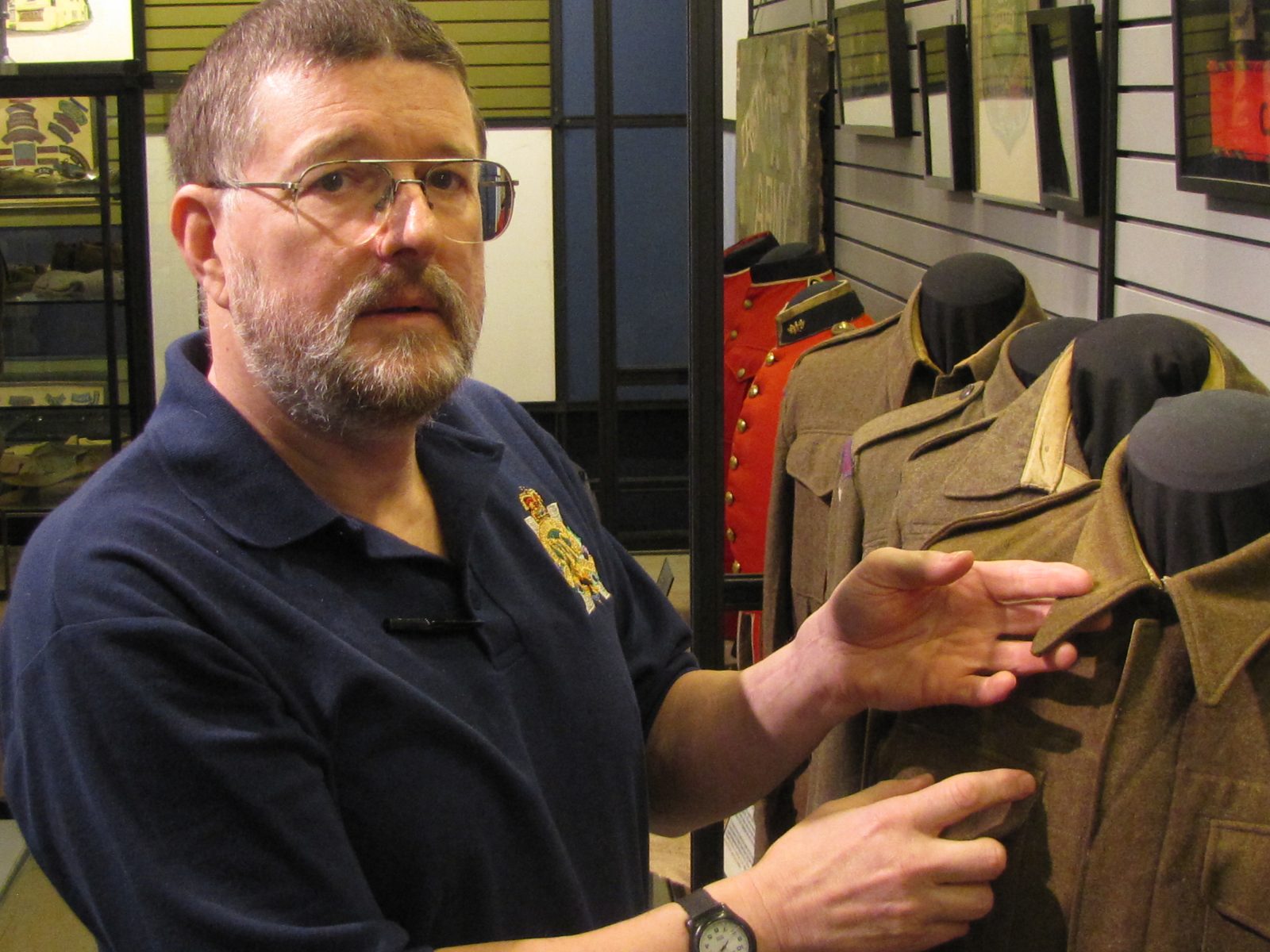CORNWALL, Ontario – Leon Chamois considers it a work in progress.
The never-ending removation project that is once again transforming the look of the SD and G Highlanders Regimental Museum at the Cornwall Armouries has Chamois, the facility’s curator, dodging boxes and waving his hands to explain the changes.
The museum is housed in about 1,200 square feet at the armouries and includes thousands of peices – everything from uniforms to weapons and medals is included in display cases and along the walls.
The museum even has a hallowed space for its “pride and joy” as Chamois calls it, the LCpl. George Pollard Memorial. Pollard was murdered in France during the Second World War.
“A regiment is more than just the men and women who serve in that unit,” said Highlanders commanding officer Lt.-Col. Rob Duda in an interview. “Things like the museum build that esprit de corps that you need in a regiment.
“All of our new recruits are taken through the museum and members of the unit go through it as well. It’s a great visual aid.”
The museum, which was created back in the mid-1950s, is also home to the Military Heritage Museum for the United Counties, and also houses the historic collection for Unit 28 of the Korean War Veterans Association.
“With these three mandates we preserve and exhibit the military heritage of the United Counties,” said Chamois, who along with his wife Isabel and their son David – not to mention a dedicated group of about a dozen other volunteers – keep the museum going.
The current renovation work at the museum will allow it use its space with greater efficiency.
While the museum is a separate entity from the regiment itself, a niche has been carved to house artifacts from all major military engagements involving the Glens – including items used by enemies of Canada.
A weapons display includes guns and equipment employed by the Germans during the Second World War, among other engagements and countries.
“The suport this museum gets from the regiment is phenomenal,” said Chamois. “Today’s young soldier has to be aware they are part of something greater.
“They are part of the regimental family – whether they are a private or a lieutenant-colonel.”
The museum is open to the public, and Chamois often takes schools and other groups through the facility for tours.
For more information on the museum, contact Chamois by phone (613-936-9124, ext. 234 – 613-932-9853) or by email (leon.chamois@forces.gc.ca.).



